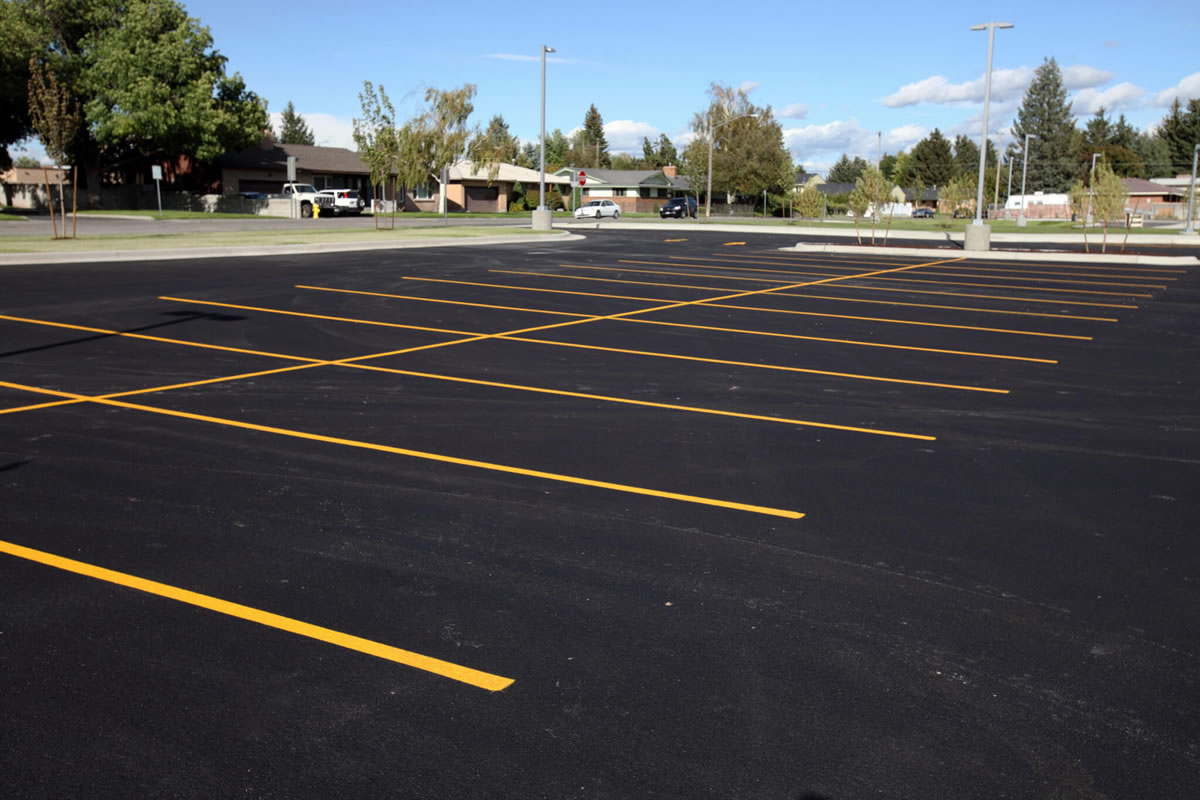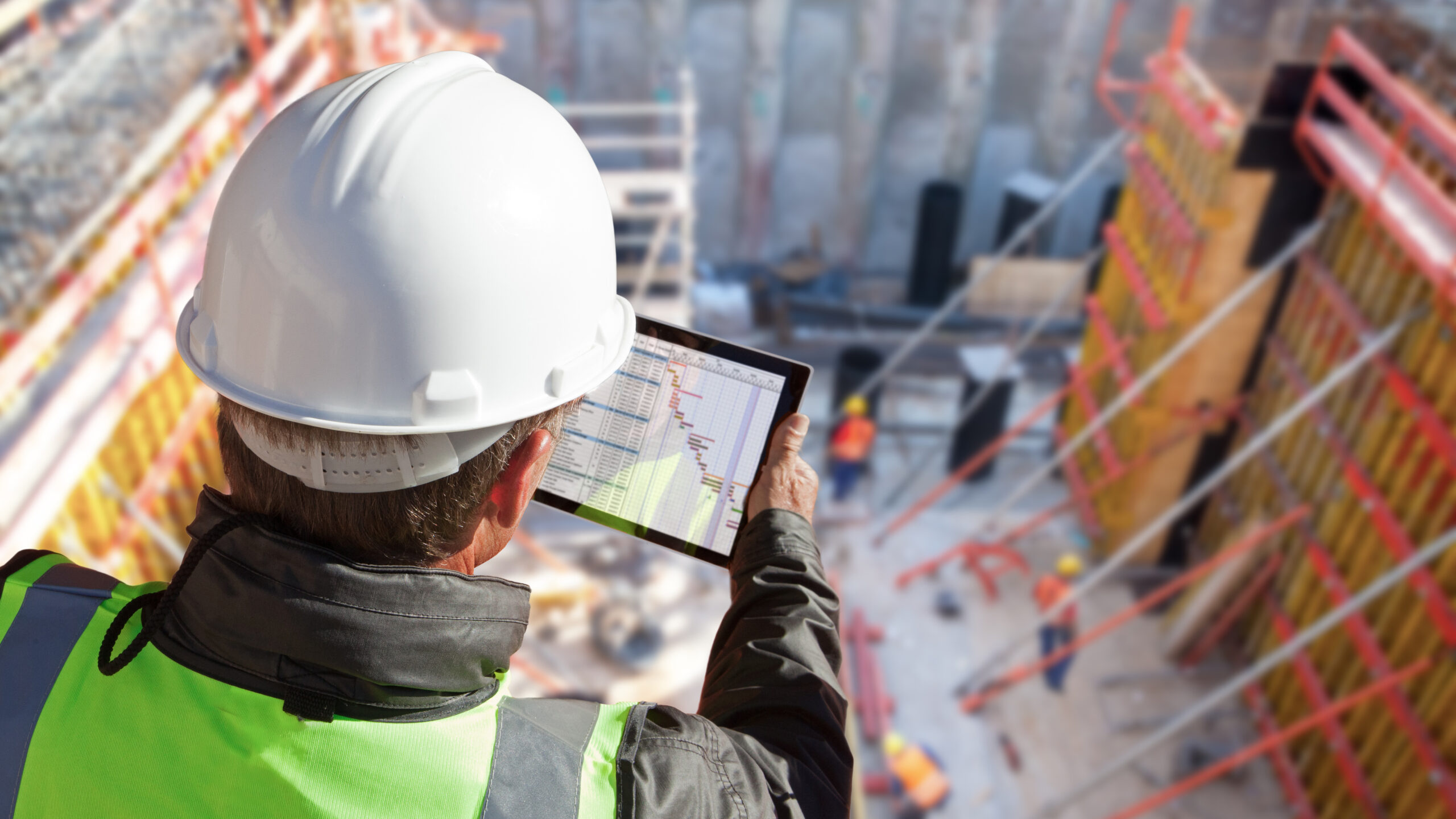As urban areas continue to grow and the demand for space increases, parking management and infrastructure have become critical challenges for cities, businesses, and property developers. Fortunately, new technologies, design strategies, and sustainability initiatives are transforming the parking experience for users while boosting efficiency and profitability for operators. Let’s explore how modern parking improvements are reshaping urban landscapes and contributing to more sustainable, user-friendly environments.
The Challenges of Traditional Parking Systems
For years, outdated parking systems have frustrated both drivers and parking lot operators. Common issues include:
- Limited Capacity: Urban areas often suffer from a shortage of parking spaces, leading to congestion, frustration, and time wasted searching for a spot.
- Inefficiency: Poorly designed lots or garages can result in traffic bottlenecks, with cars lining up or circling aimlessly. This inefficiency not only affects drivers but also contributes to increased emissions.
- High Maintenance Costs: Traditional parking structures and surface lots require significant upkeep, and repairs can be costly, particularly when lots experience heavy usage.
- Security Concerns: Parking lots and garages are common sites for theft and vandalism, and outdated surveillance systems or poor lighting only exacerbate these concerns.
Modern Parking Solutions
Fortunately, innovative solutions are addressing these issues and transforming how parking facilities are designed, managed, and maintained.
1. Smart Parking Systems
Smart parking technologies are making it easier for drivers to find available parking spaces in real time, reducing congestion and optimizing space usage.
- Sensors and Apps: Sensors embedded in parking spots, coupled with mobile apps, allow drivers to check for available spaces before arriving. This technology can direct them to the nearest open spot, minimizing search times.
- Automated Payment Systems: Contactless payment options and mobile apps eliminate the need for physical tickets and cash payments, streamlining the process and making it more convenient for users.
- Data Analytics: Smart parking systems collect data on usage patterns, peak hours, and occupancy rates, helping operators make data-driven decisions to optimize pricing and capacity.
2. Improved Parking Design
Forward-thinking parking design is another way urban spaces are making better use of limited space.
- Compact Car Spaces: As cities aim to reduce vehicle size or promote electric vehicles, parking lots are increasingly featuring compact car spaces, allowing for more vehicles in the same area.
- Stacked Parking: Automated stacked parking systems are becoming more common in urban environments, where space is at a premium. These systems use elevators and platforms to park vehicles in vertical spaces, increasing capacity without expanding the footprint.
- Green Parking Lots: Sustainable design trends are leading to greener parking structures. Features like permeable pavement, solar canopies, and electric vehicle (EV) charging stations reduce the environmental footprint of parking lots.
3. Sustainability Initiatives
As sustainability becomes a priority for cities and businesses, parking infrastructure is following suit. Parking improvements now focus on reducing emissions, enhancing energy efficiency, and promoting the use of alternative transportation.
- EV Charging Stations: The growing number of electric vehicles on the road has prompted an increase in the installation of EV charging stations in parking lots and garages. This encourages the adoption of greener vehicles while adding an extra service for customers.
- Solar-Powered Parking Structures: Parking lots are increasingly being equipped with solar panels, providing renewable energy for lighting, security systems, and EV chargers. This reduces operational costs and enhances sustainability credentials.
- Bike and Micro-Mobility Parking: In addition to traditional vehicle parking, many urban areas are expanding options for bike and scooter parking. Dedicated racks, charging stations for electric scooters, and integration with bike-sharing programs promote more sustainable forms of transportation.
The Future of Parking
The future of parking will be shaped by automation, sustainability, and smart technology. As cities aim to reduce congestion and pollution, parking facilities will evolve from mere storage spaces for vehicles into integral parts of the urban mobility ecosystem. Autonomous vehicle technology, for example, could one day allow cars to park themselves in optimized configurations, reducing space needs even further.
For property developers and parking operators, investing in modern parking improvements can lead to long-term gains in revenue, efficiency, and user satisfaction. As more cities embrace smart and sustainable design, parking facilities will play a key role in enhancing the overall urban experience.
By embracing these innovations, parking facilities can not only meet the needs of today’s drivers but also contribute to a more sustainable and efficient future. If you’re involved in parking management or urban development, now is the time to explore how these improvements can benefit your projects and communities.




